When Elaine Jamie-Rose Campbell enrolled in our Hand Embroidery Skill Stage 3 course, she expected to enhance her hobby. What she found, however, was a transformative journey that extended far beyond technical mastery. Through the course, Elaine explored uncharted creative territories, unlocking her potential not only as an artist but as an individual.
Elaine describes the course as a pathway to professional-level originality, where technical processes and creative exploration intertwine to form cohesive, deeply personal work. It equipped her with the clarity to refine her approach, recognize areas of potential, and define her artistic context—a process she had struggled to navigate independently.
Beyond embroidery, Elaine’s newfound creative curiosity and confidence have propelled her into exciting opportunities. From collaborating with a Scottish artist to presenting her work to an art group, she is carving out a space for herself in the art world. And her journey is only beginning, with ambitious projects on the horizon.
Elaine’s success is a testament to the power of dedicated guidance, like that of her tutor Gail, whose support was instrumental in helping her overcome the challenges of neurodiversity, including autism and ADHD. Her story exemplifies how our courses foster not just technical skill, but personal growth, empowering students to achieve extraordinary things.
Elaine’s journey inspires us all—proof that creativity knows no bounds when nurtured with care and expertise.
Elaine Jamie-Rose Campbell
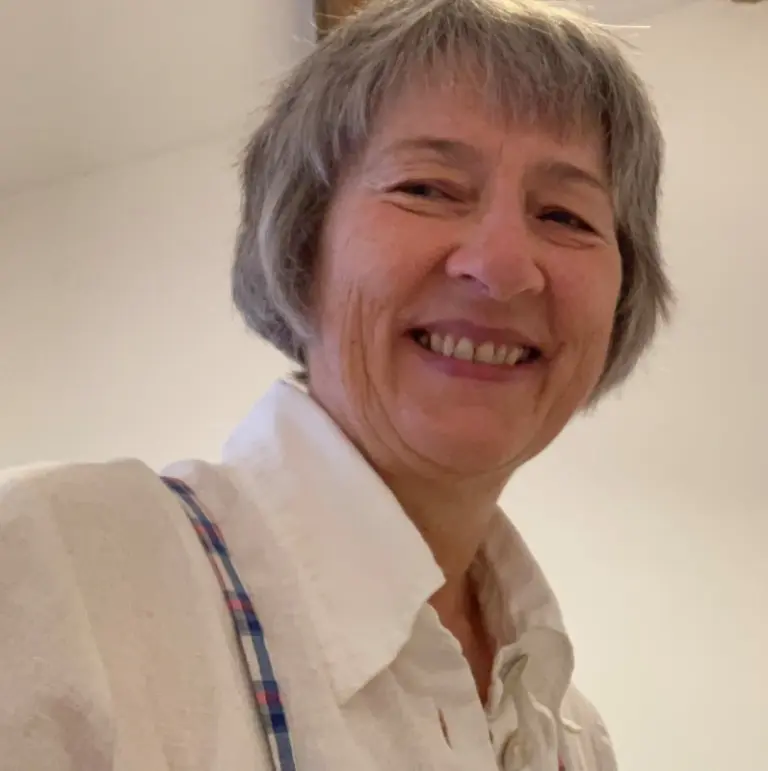
“The course invited me into previously unexplored areas. I found so much potential! This wasn’t only in the techniques and processes taught, the real richness was in the creative curiosity that was developed. It was a pathway to discovering how original work is created to a professional standard.”
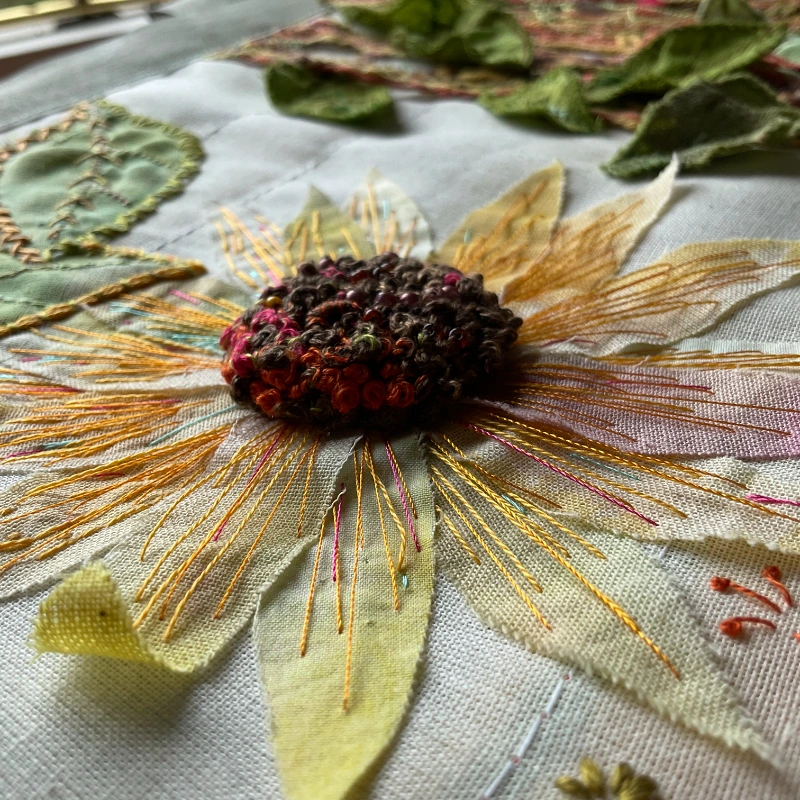
Motivation for Studying
So far as practise goes, I began to see and carry through my creative ideas more clearly. It’s now a continuing process of working like that. I know my approach, I know areas of potential – and I know my limits. Or rather, what I prefer not to do. On your own, it’s hard to work out. Beyond just having preferences, it can be a bit of a fog. Through the work we did, I began to get a firm sense of my personal creative context.
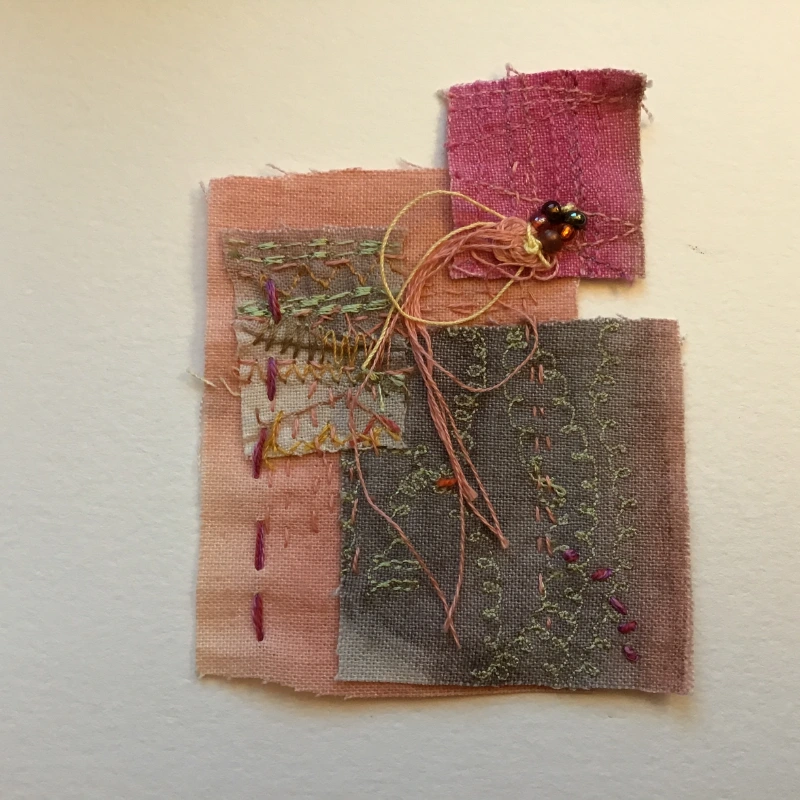
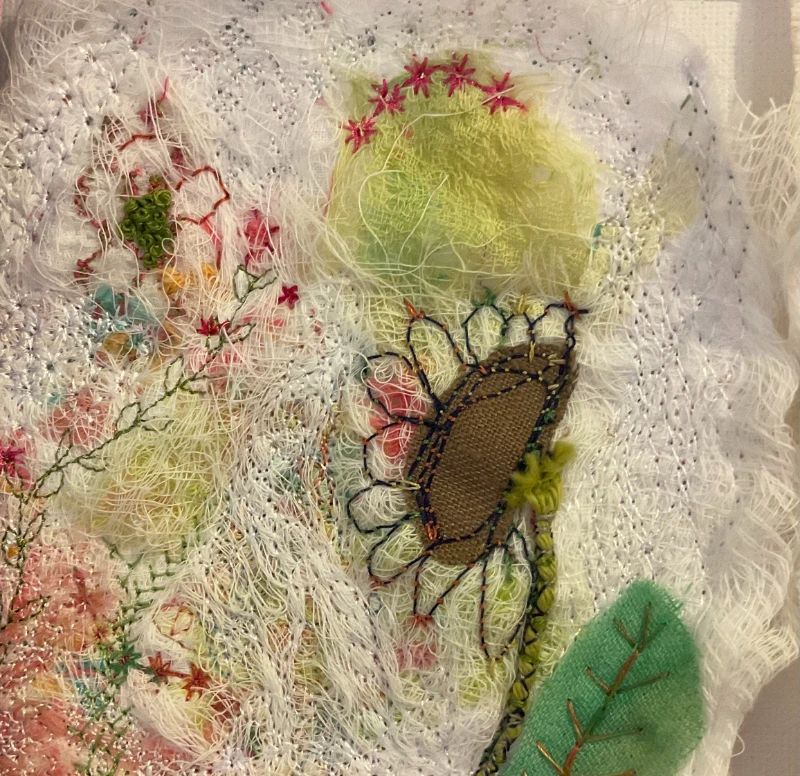
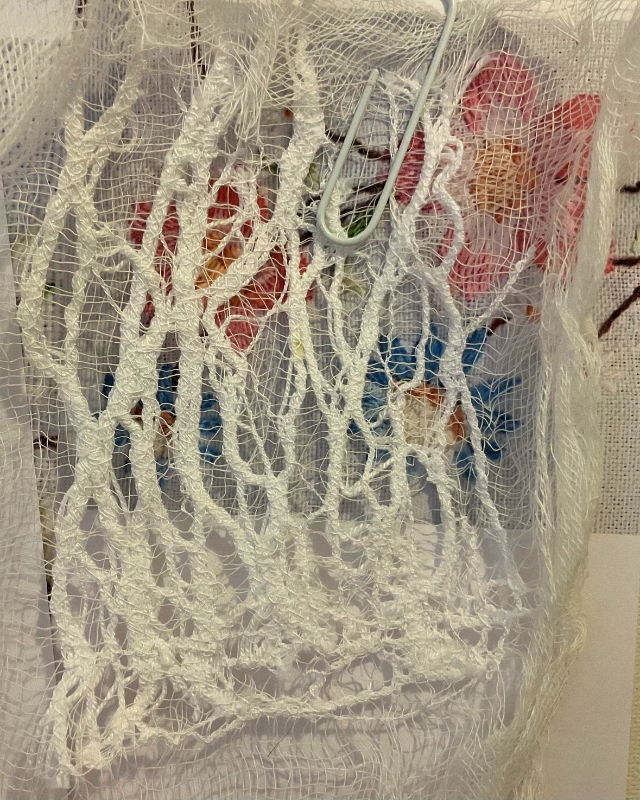
Biggest Lessons
Doing the coursework and feedback you get, you come to know how technical and creative processes work together to create the artist you are. Having been guided onto that road, it’s like having a clear light there. It simplifies everything. I came to know why – and how – I do what I do. It ends up with cohesive work, recognisably mine. And working in this way draws out insights which apply right across life, as feelings and explorations are mined for designs and samples. That was unexpected! Creative development like this is not limited to creative practice. Wow.
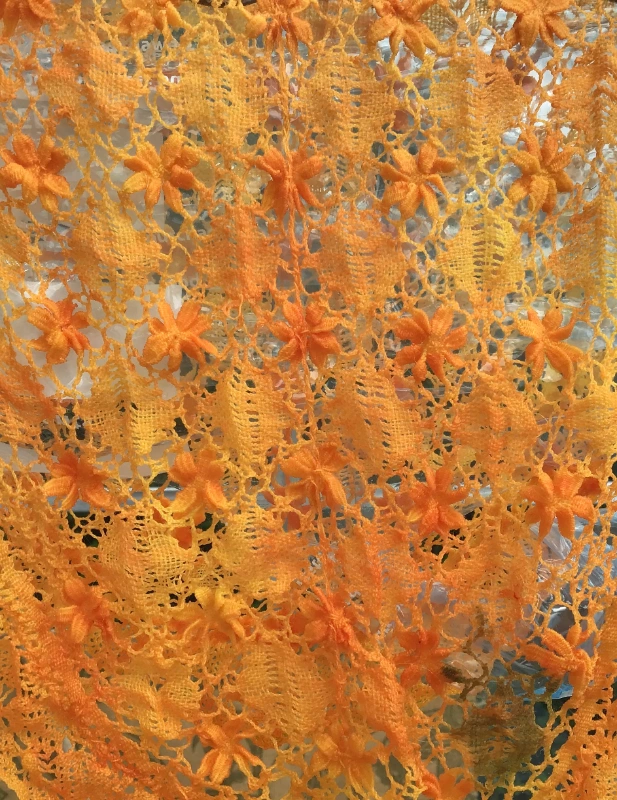
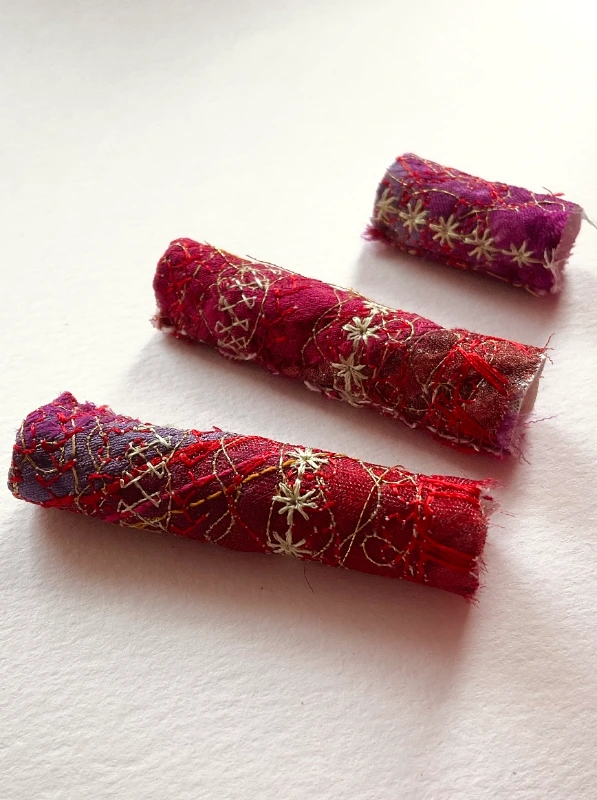
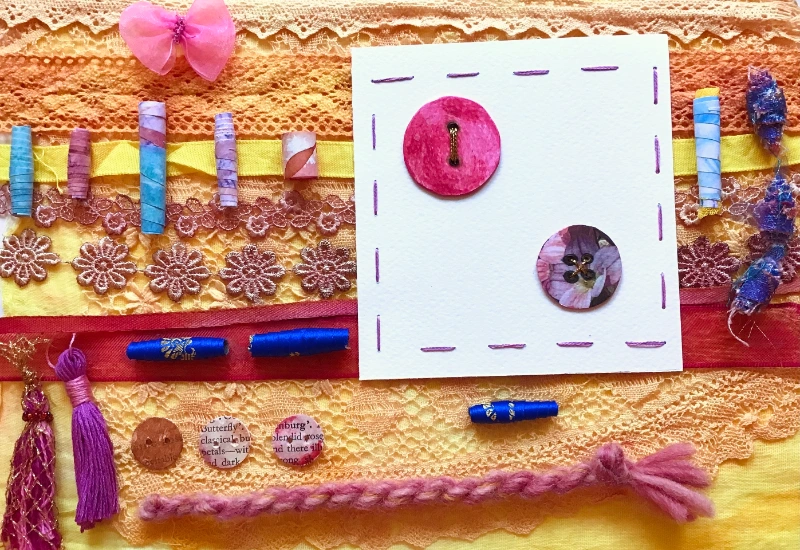
What’s Next?
I went into this thinking it was just for me, and I’d enjoy my hobby more afterwards. It’s taken me so much further than that. Despite trying to keep a low profile, I’ve already been drawn into projects because some people like what I’m doing now. I’m doing a collaboration with a Scottish artist on exploring personal meaning in a particular cultural icon, I’ve been asked to an art group to talk about a recently completed project, and I’m developing ideas for the next big project. Again, wow. And thank you, SofST!
I had doubts I could get through with significant neurodiversities such as autism and ADHD but the caring, fantastic support of Gail, my tutor, helped so much.
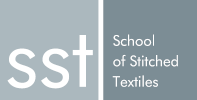
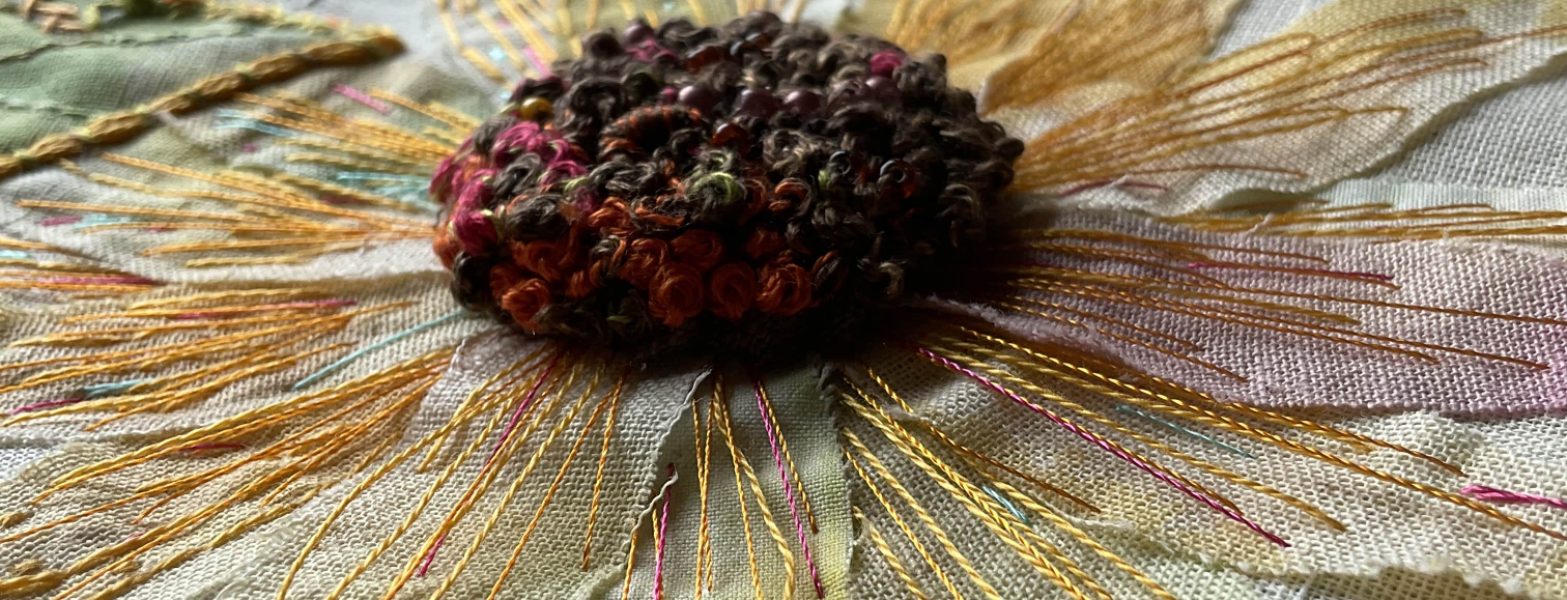
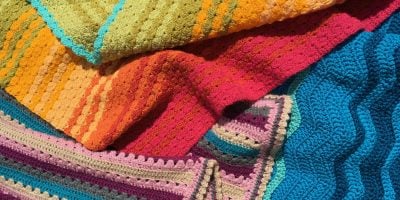
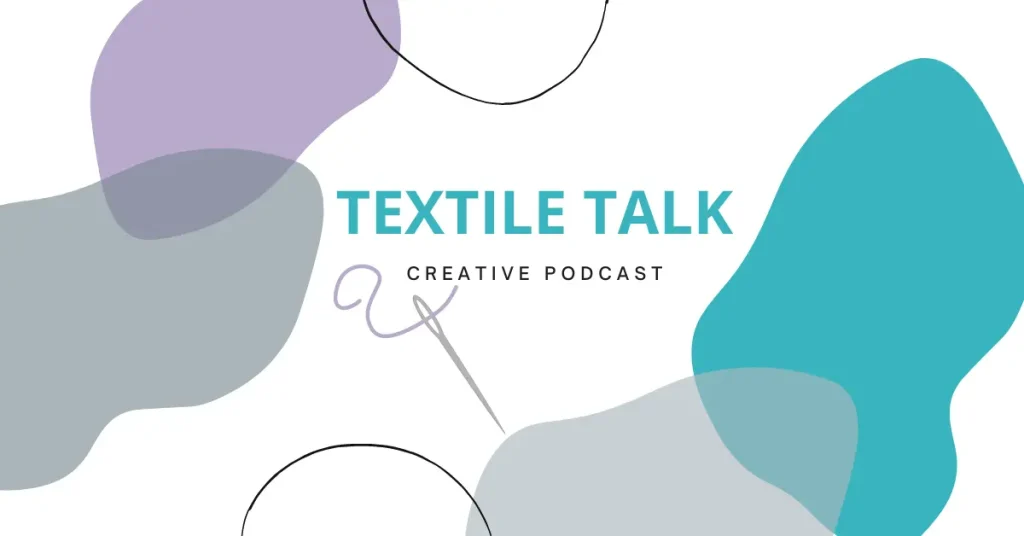
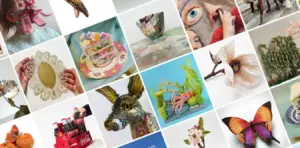
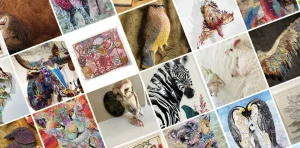
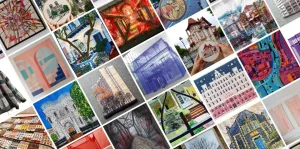
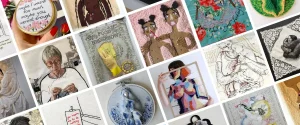
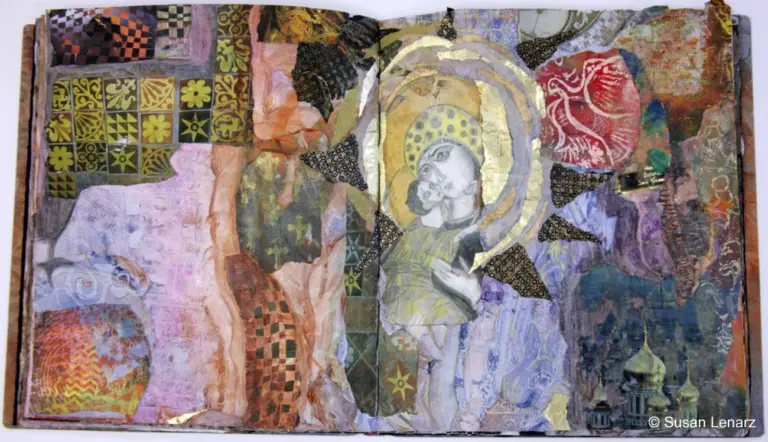
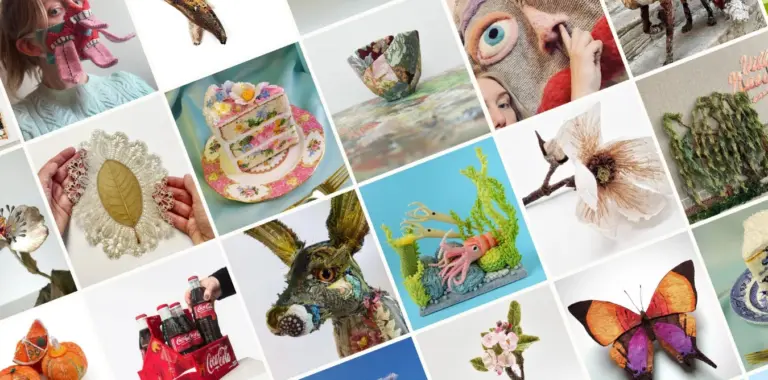
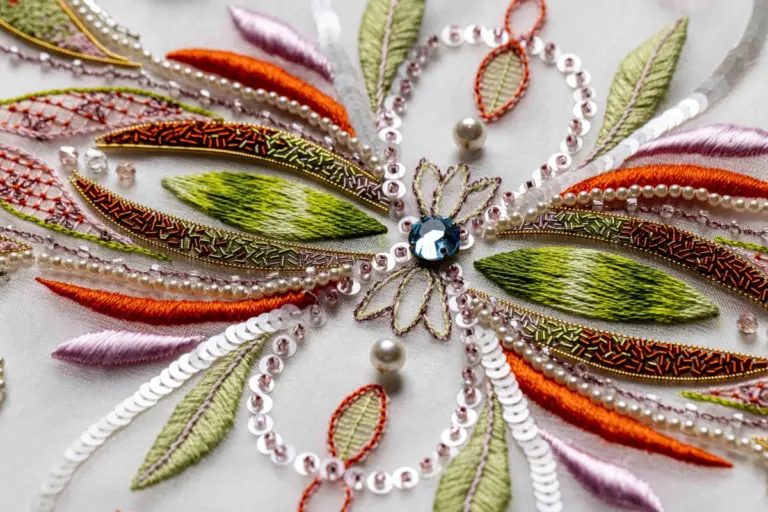
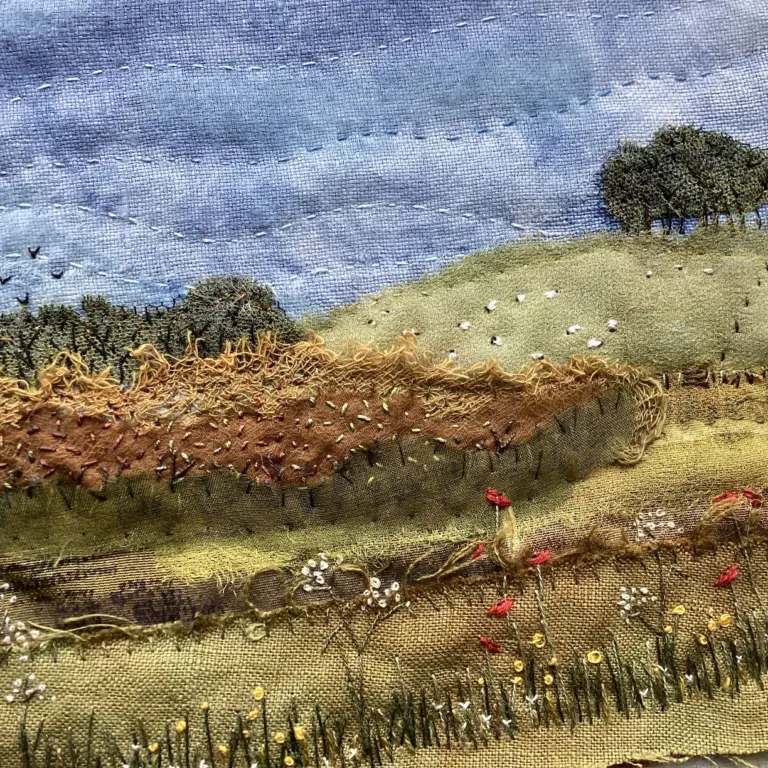
One Comment
Beautiful work